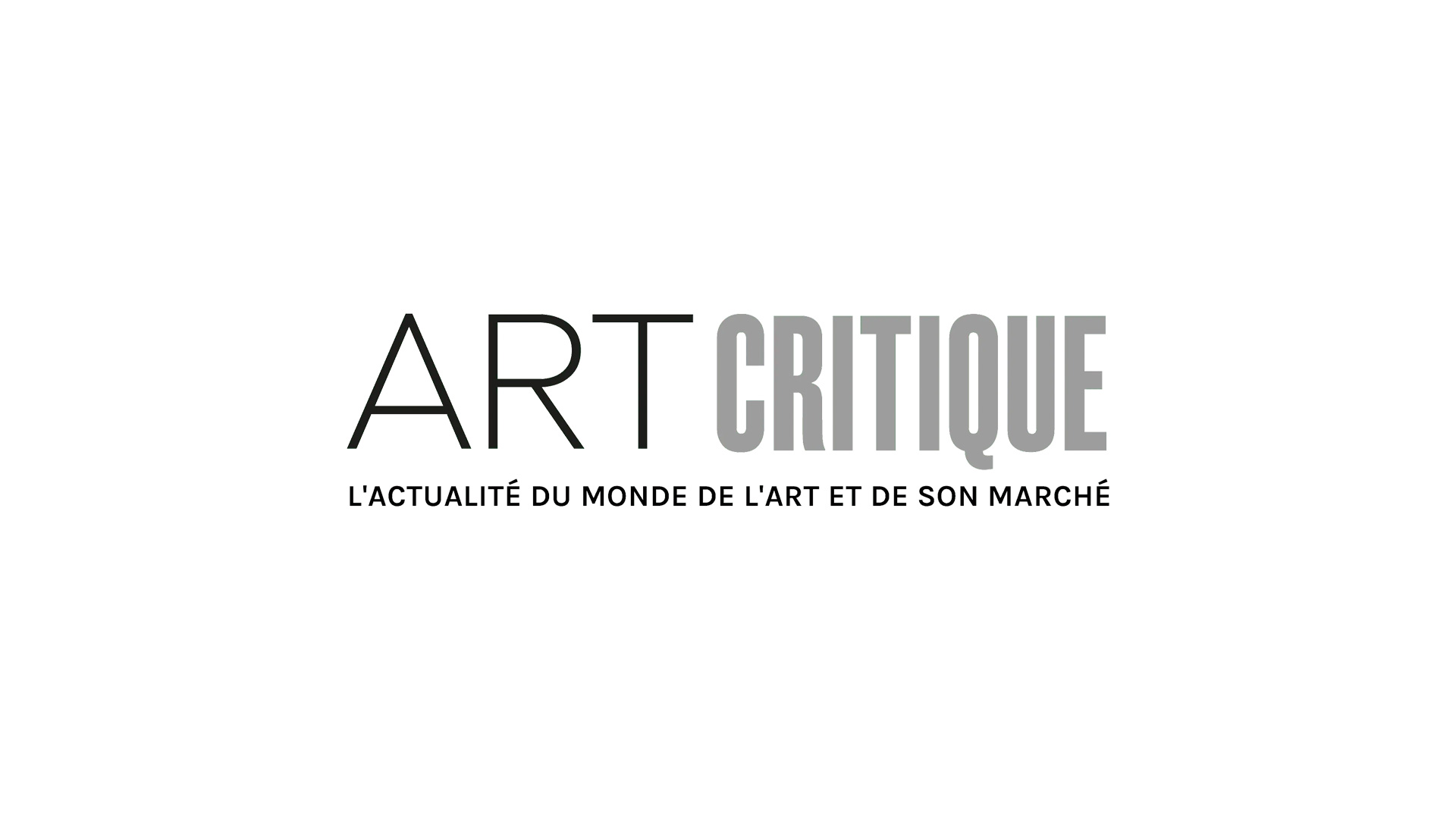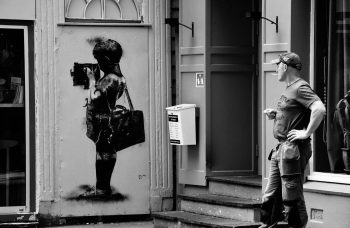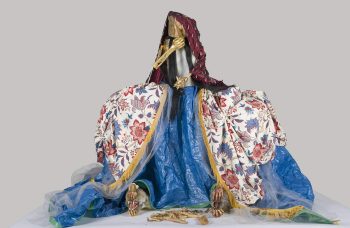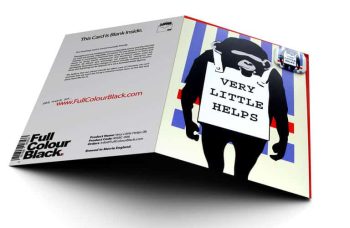When researching or working with an artwork, conservators are accustomed to finding unusual parts of it that often get overlooked or are invisible to the naked eye. Sometimes, underpaintings are found that alter the meaning or give a bit more history to the canvas. However, when New York-based conservator Emily MacDonald-Korth began working on a painting by Jean-Michel Basquiat called Untitled, she never expected to find a hidden UV painting.
MacDonald-Korth was asked by a client to run relatively routine forensic tests on the Basquiat painting to ensure the work was in fact created in 1981 like the owner believed it to be. While checking for repairs and varnish, MacDonald-Korth brought out her black light to run over the painting as she would with any typical job of the kind. This, though, is when things got interesting. ‘I start looking at this thing and I see these arrows,’ said the conservator according to artnet News. ‘I’ve never seen anything like it. He basically did a totally secret part of this painting.’ What MacDonald-Korth found were arrows, probably drawn with a black-light crayon, mimicking other red and black arrows that make up the composition of the painting that were only visible when using a black light. Shocked at what she found, MacDonald-Korth turned the light on and off again to make sure she wasn’t seeing things. ‘I’ve never seen anything like it. He basically did a totally secret part of this painting,’ she said.
While it is possible that Basquiat used the black-light crayon to guide his painting, MacDonald-Korth believes the artist knew exactly what he was doing and left the UV arrows purposefully for someone to eventually find – or not. This isn’t the first time such drawings have been found in paintings by Basquiat, either. In 2012, Sotheby’s found a UV signature on Basquiat’s Orange Sports Figure (1982) which was painted only months after the painting MacDonald-Korth was working on. Basquiat isn’t known for signing his works in the traditional manner so the discovery was exciting for both reasons. MacDonald-Korth also noted that the artist used erasure during his works as a form of expression and the use of UV drawings play off this technique in an interesting way. So, it seems reasonable that the influential 20th-century neo-expressionist was intentionally exploring the confines of UV drawings. He also tended to work on multiple paintings at once so it’s possible there are more paintings with similar hidden imaged out there.
MacDonald-Korth seems to think so, at least. While working on Untitled, the conservator noticed similarities in arrow placement in it and another 1981 painting of Basquiat’s: Poison Oasis. She inferred that there might be a matching UV arrow on that painting if a black like was run over the painting. In fact, MacDonald-Korth encouraged owners of works by Basquiat to find a black light and see if any hidden images show up on their artworks.





